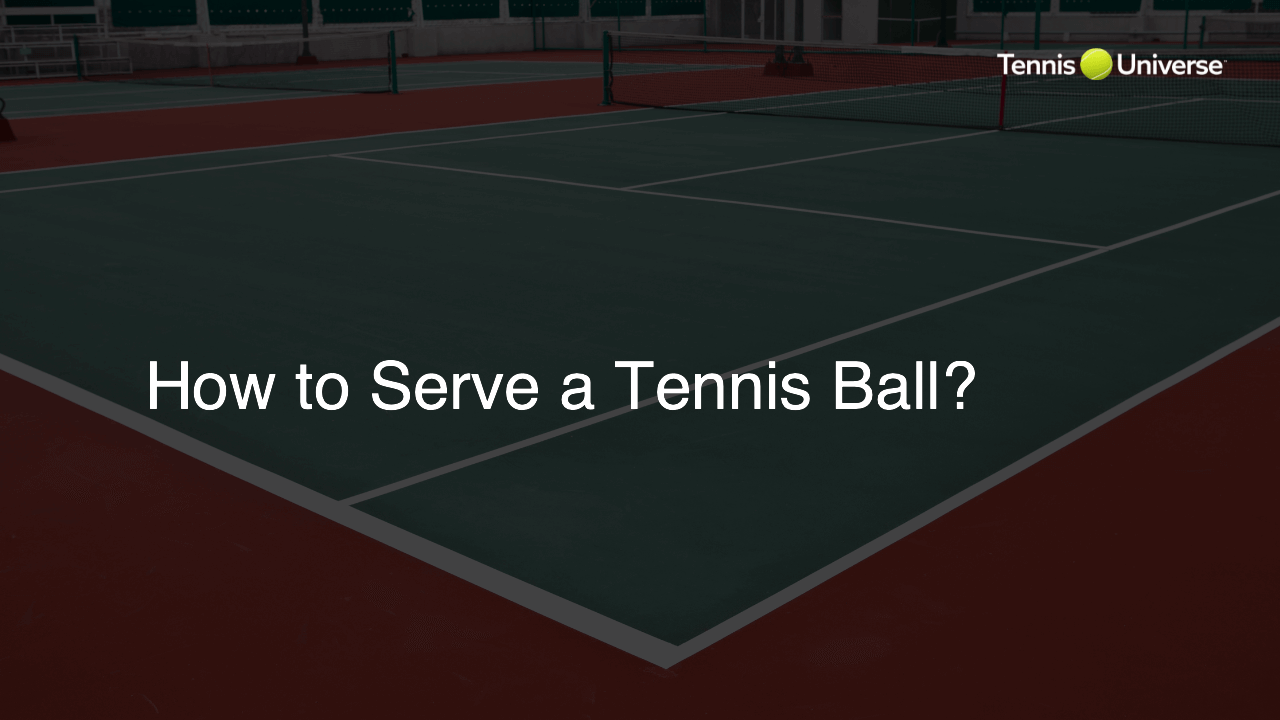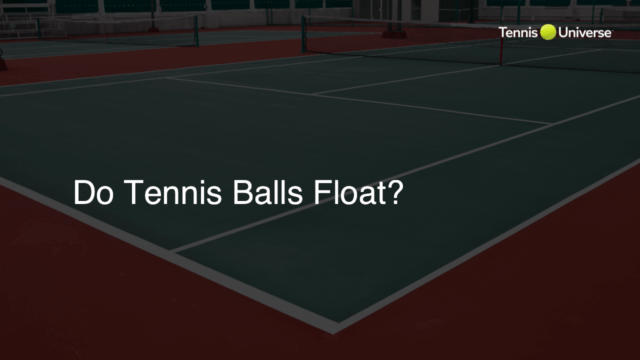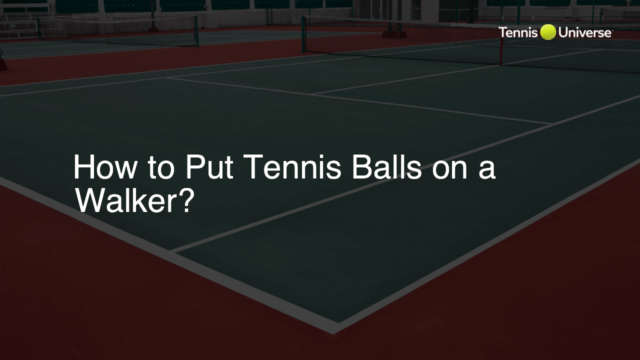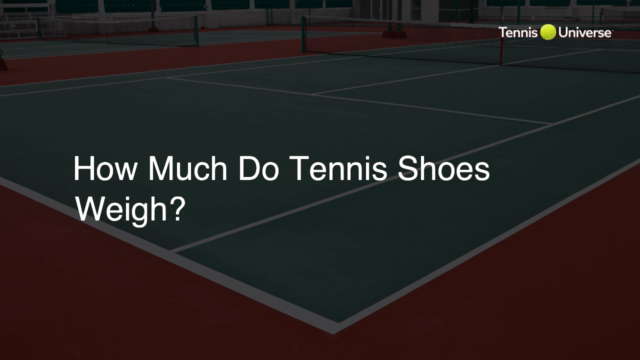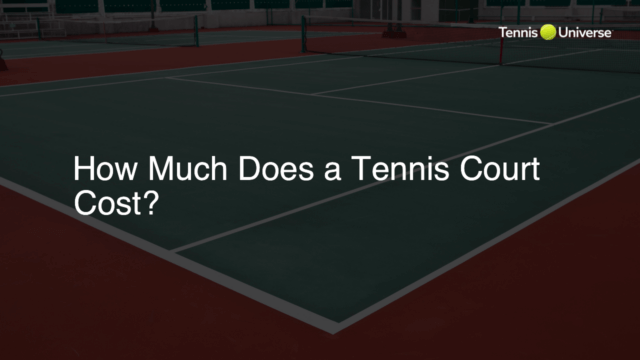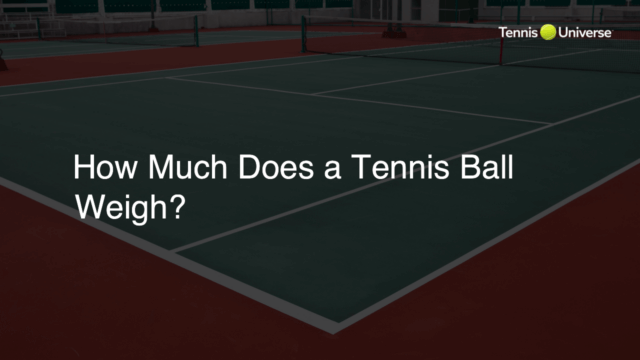To serve a tennis ball, follow these steps: 1. Stand behind the baseline, feet shoulder-width apart in a sideways stance, with your front foot parallel to the net and back foot at a 45-degree angle. 2. Hold the ball in your non-dominant hand and the racket with a continental grip in your dominant hand. 3. Start your service motion by tossing the ball upwards in front of your leading foot while bringing your racket-arm back in a circular motion. 4. Extend your dominant arm fully and contact the ball at its highest point while snapping your wrist to generate power and spin. 5. Follow through with your racket, swinging it across your body to complete the serve.
Master the Stance for a Powerful Serve
Start by positioning yourself behind the baseline, facing the net with your feet shoulder-width apart. Your front foot should be parallel to the net and your back foot at a 45-degree angle. This stance will provide stability and power for your serve.
Hold the Ball and Tennis Racket Properly
Hold the tennis ball in your non-dominant hand and the tennis racket in your dominant hand with a continental grip. The continental grip allows for more versatility in generating power and spin on your serve.
Grip the Tennis Racket
Place the base knuckle of your index finger on bevel 2 of the racket handle and wrap your other fingers around the handle. Your thumb should rest against the back of the handle for support.
Toss the Ball and Initiate the Serve
Start your service motion by tossing the ball upwards in front of your leading foot. Simultaneously, bring your racket-arm back in a circular motion. Your non-dominant arm should be fully extended, pointing towards the ball while keeping your eye on it.
Striking the Ball with Power and Spin
As the ball reaches its highest point, extend your dominant arm fully and contact the ball with the center of your tennis racket strings. Snap your wrist and pronate your forearm to generate power and spin. This will create a topspin serve that dips into the service box and rises quickly, challenging your opponent.
Completing the Serve with a Follow-Through
After making contact with the ball, continue your racket’s motion across your body. This follow-through ensures a smooth, efficient serve and aids in maintaining accuracy and control.
Common Tennis Serve Mistakes and Corrections
Having some errors or inaccuracies in your serve is natural when learning, but being aware of the most common mistakes and knowing how to fix them can greatly improve your technique. Here are a few tennis tips to help you iron out these issues:
Incorrect Ball Toss
An inaccurate ball toss can lead to a weak or unstable serve. Practice tossing the ball consistently to the same spot every time, so that it’s directly above your head and slightly in front of your leading foot. This ensures the perfect point of contact for a powerful serve.
Rushing the Serve
Rushing through your serve motion can reduce accuracy and power. To ensure a consistent and powerful serve, maintain a smooth and controlled motion throughout the entire process. Focus on proper technique and timing over trying to generate excessive power.
Stiff or Inaccurate Wrist Snap
A common mistake is not snapping the wrist at the moment of contact with the ball. A proper wrist snap ensures more spin, accuracy, and power. Keep your wrist relaxed and flexible to achieve a natural snap when striking the ball.
Improve Your Tennis Serve with Drills and Practice
Transforming your serve into a lethal weapon on the court requires consistent practice and dedication. Below are some tennis tips and drills to help refine and improve your technique:
Shadow-Serving Drill
Practice your serve without a ball, focusing on your technique and muscle memory. This exercise helps to sharpen your form without any distractions or complications, ensuring a more confident and consistent serve.
Bucket-Ball Toss Drill
Place a bucket in your service box to aim at for your serve. Focus on tossing the ball accurately and consistently, and try to hit the bucket with each serve. This drill helps with improving your aim as well as consistency in your ball toss.
Pancake-Serve Drill
Holding a flat object, like a pancake, in place of your tennis racket, practice your serving motion. This drill helps to emphasize the importance of a smooth and level swing to achieve optimal power and control.
Customize Your Tennis Racket and Equipment
To maximize your serving potential, consider customizing your tennis racket and gear. Adding lead tape strategically to your racket frame, adjusting string tension, or using specific strings can influence power, spin, and control. Additionally, proper shoes and gear can enhance stability for a more effective serve.
Frequently Asked Questions
Find answers to common questions related to serving a tennis ball. These questions and concise responses will help clarify any uncertainties and provide tips for improving your serve technique.
What are the different types of tennis serves?
There are four primary types of tennis serves: flat, slice, topspin, and kick. Flat serves generate maximum speed with minimal spin, slice serves have a curve to one side, topspin serves dip into the service box and kick serves (a variation of topspin) bounce high off the court.
What is the continental grip and why is it important for serving?
The continental grip is a way of holding the racket in which the base knuckle of your index finger is on bevel 2 of the racket handle. This grip is versatile, allowing you to generate a variety of spins, and is crucial for creating a powerful serve with optimal wrist pronation.
How can I improve my ball toss consistency?
To improve ball toss consistency, practice your toss without hitting the ball, focusing on your non-dominant arm’s motion and releasing the ball gently at a comfortably high point. Aim for a toss that is directly above your head and slightly in front of your leading foot.
Why is follow-through important in a tennis serve?
Follow-through is the final phase of the serve motion, and it ensures a smooth, efficient stroke. Proper follow-through helps maintain accuracy and control while reducing the risk of injury caused by abrupt stops in the racket movement.
How do I increase the power in my serve?
To increase power in your serve, strengthen your serve motion fundamentals, ensuring proper stance, grip, ball toss, and swing. In addition, work on developing the muscles in your shoulder, arm, and core, which contribute significantly to the power behind each serve.

